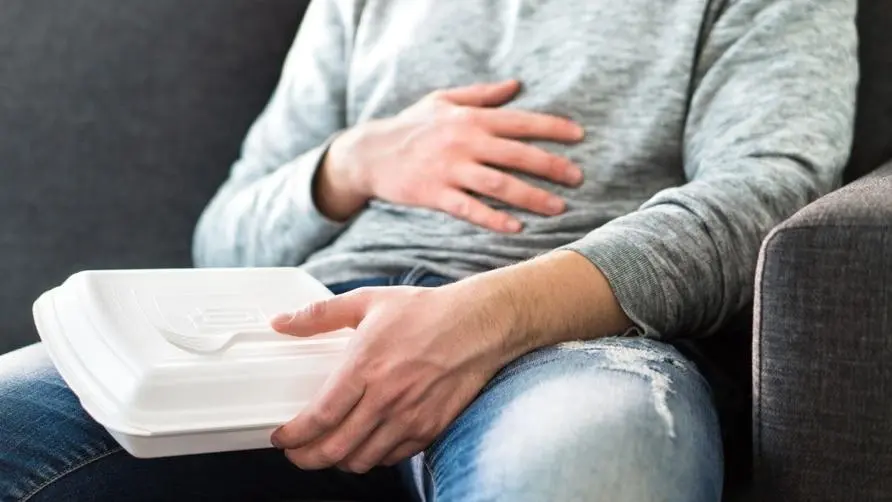Not bongkrekic acid! The most food poisoning cases are caused by "it": the risk of infection is higher in 4 situations

Food poisoning incidents have been frequent recently, especially the Baolin Teahouse case caused by “bongkrekic acid”, which has caused a lot of panic among the public. In fact, according to statistics on food poisoning cases in Taiwan by the Taiwan Ministry of Health and Welfare, Food and Drug Administration, the number of food poisoning cases and patients caused by “Staphylococcus aureus” in 2022 ranked first among bacterial food poisoning cases. One person.
Even food cooked at high temperatures is still toxic! Distribution and infection routes of Staphylococcus aureus
It can be seen that Staphylococcus aureus has a vital impact on food hygiene and safety. What exactly is Staphylococcus aureus? How to prevent poisoning? Taiwan Food and Drug Administration stated that Staphylococcus aureus is mainly distributed in human skin, hair, nasal cavity, throat and other mucous membranes, as well as in feces. It is also present in large numbers in inflamed or suppurating wounds and is easily transmitted through the hands of food handlers. Or the fallen hair and body tissue may contaminate food; it may also be caused by dairy cows suffering from mastitis, which may lead to contamination of milk and its products.
When Staphylococcus aureus grows on contaminated food, it produces enterotoxins (SEs) that are heat-resistant and resistant to intestinal enzymes; there are five major types of enterotoxins: type A is the most common, and type B may cause pseudomembranes. Colitis, types C and D are mainly isolated from contaminated dairy products, while type E is less common.
Once food is contaminated with enterotoxin, it is difficult to destroy the toxin even if it is cooked at high temperature, thus causing food poisoning in the eater. Common symptoms include headache, nausea, vomiting, abdominal pain, diarrhea and dehydration. The incubation period is about 1-7 hours, and symptoms can last from several hours to one day.
Should we be careful when eating meat and egg products, box meals and bread? 4 major causes of Staphylococcus aureus poisoning
Taiwan Food and Drug Administration emphasizes that both the public and food workers should maintain good hygiene and safety habits when preparing food. They should wash their hands thoroughly before meals, after using the toilet and before and after handling food, and pay attention to the dining environment. and food hygiene. In addition, the utensils used for preparing food should be kept clean to avoid cross-contamination of food.
As for food workers, they should wear hats and masks when preparing ingredients. Hair should not be exposed outside the hat, and masks should be used to cover the mouth and nose. If there are wounds on the hands, they should be properly bandaged and wear gloves. Food workers should also pay attention to their personal health at all times. If they have hand skin diseases, rashes, suppuration and other diseases, they should not directly or indirectly engage in food conditioning and preparation work.
Taiwan Food and Drug Administration reminds that prepared food should be eaten as soon as possible and avoid leaving it at room temperature for too long. If it cannot be eaten immediately, the food should be refrigerated below 5°C. If stored, it may exceed 2 days. Always keep frozen.
Further reading:





